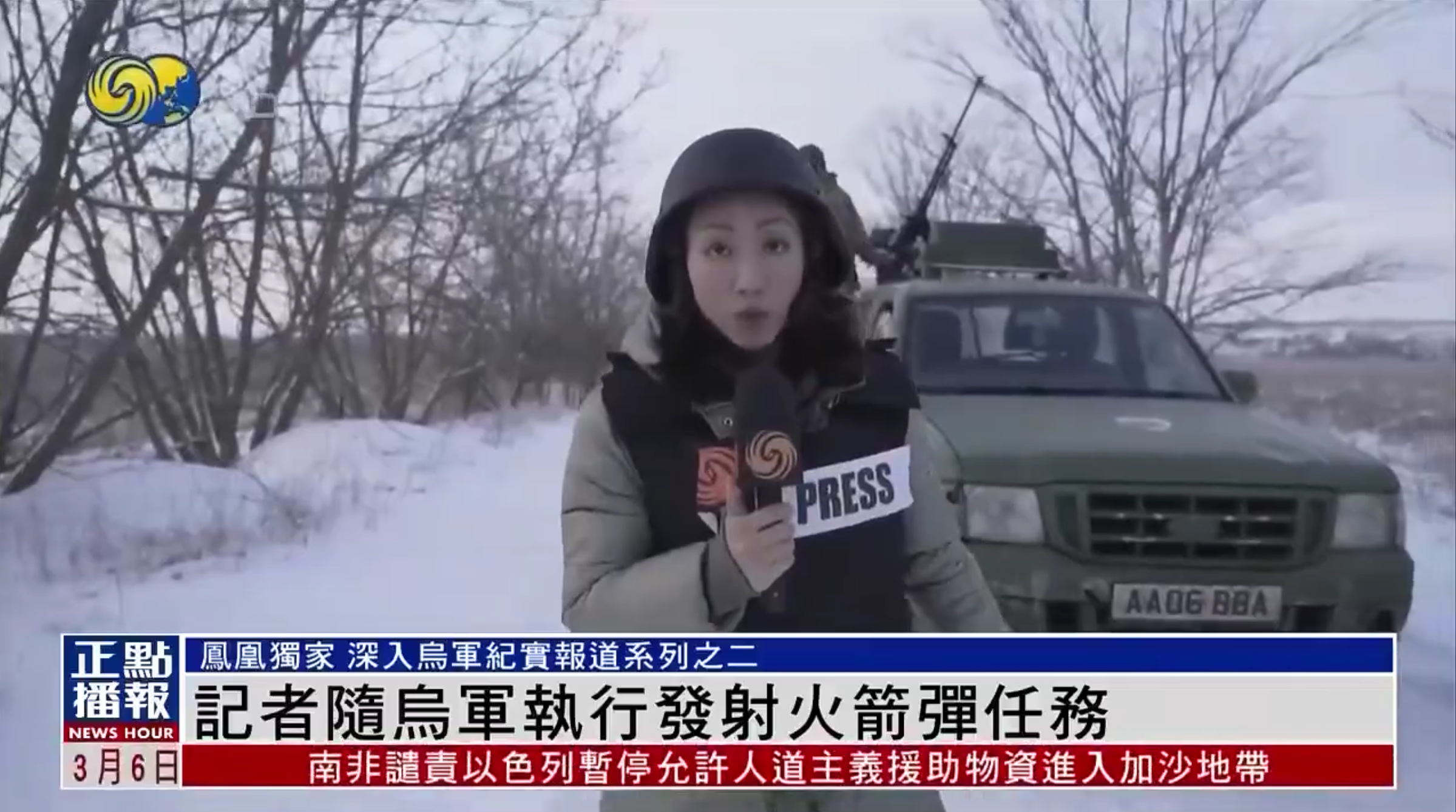
8 air force squadrons participated in the operation - fighter aircraft squadrons - both F-35 and F-15, intelligence and control aircraft, combat helicopters and refueling aircraft, reported journalist Amir Tsarfati.
On the way to Yemen and back, several aerial refuelings were carried out.
Flight duration - about 2 hours and 50 minutes.
The planes took off from Israel, flew over the Red Sea, and dropped the bombs while over the sea - on the port of Hudaydah.
The Houthis did not launch air-to-surface missiles at the Air Force planes.
A senior officer in the Air Force explains that there were three main risks in this complex air operation: the long range of the flight, the complexity of the air operation with a complete "air kit" of various types of aircraft, and the possibility of surprises along the way since the scope of intelligence on the Houthis is limited and not as intimate and broad as on Hezbollah.
The Air Force Commander informed his American counterpart, the AFCENT Commander - the Air Force of the American Central Command, in advance, and he also coordinated with other foreign armies in the region.
New details from the investigation into the Houthi drone strike in Tel Aviv:
The Air Force has completed the investigation into the incident of the Houthi drone strike in Tel Aviv, from which it appears that the drone was already detected at a great distance and a relatively long time before it reached the shores of Tel Aviv - that is, enough time and distance to allow it to be shot down. He was not detected continuously throughout his flight to the shores of Tel Aviv, but there were 6 whole minutes in which he was detected in the systems. Although the tool was detected at a sufficiently early stage, and there was enough time to act against it and intercept it - it did not receive any classification in the systems at all, and this was the failure that prevented an alarm from being triggered and an attempt to intercept it. The Air Force explains that the reason is human error, which resulted from the fact that at that given moment there were many aerial items on the radar and a busy sky image, and the attention at that time was given to a UAV interception event that was going on at the same time in the east.
At the end of the investigation, the commander of the air force instructed: to double the controls on every aerial target, so that even in the event of an error - there would be another pair of eyes to go over things, and also to increase the aircraft patrols over the Mediterranean Sea.
Since the beginning of the war - about 1,000 unmanned aerial vehicles have been launched into Israeli territory. Of these - about 320 were intercepted.
Of the 300 UAVs launched from the northern arena by Hezbollah - about 150, that is, about half, were intercepted. Low percentages that illustrate the interception challenge, especially against Hezbollah in the north.
About 30 effective UAV strikes were recorded at the beginning of the war (that is, UAVs that caused damage or casualties).
























